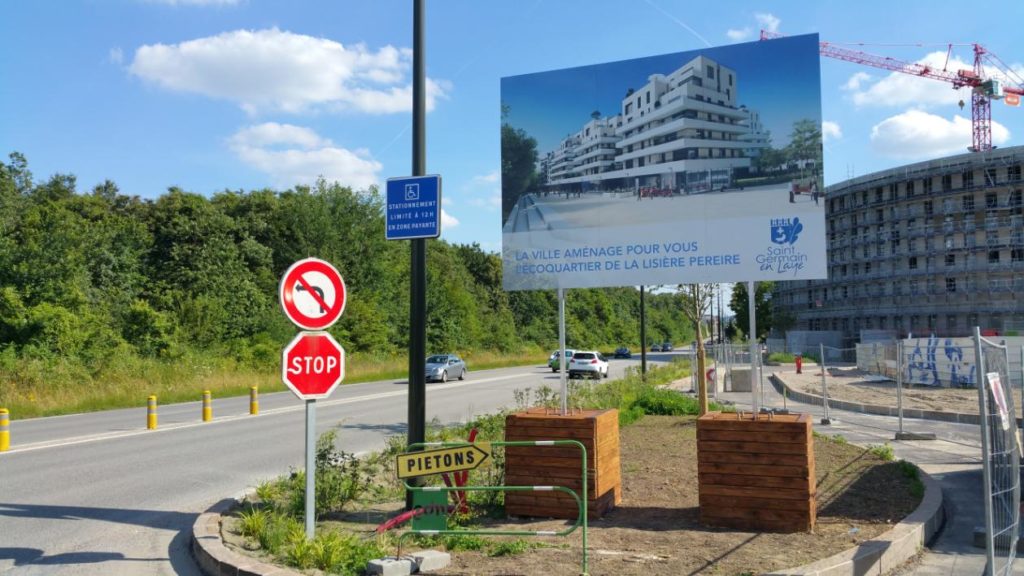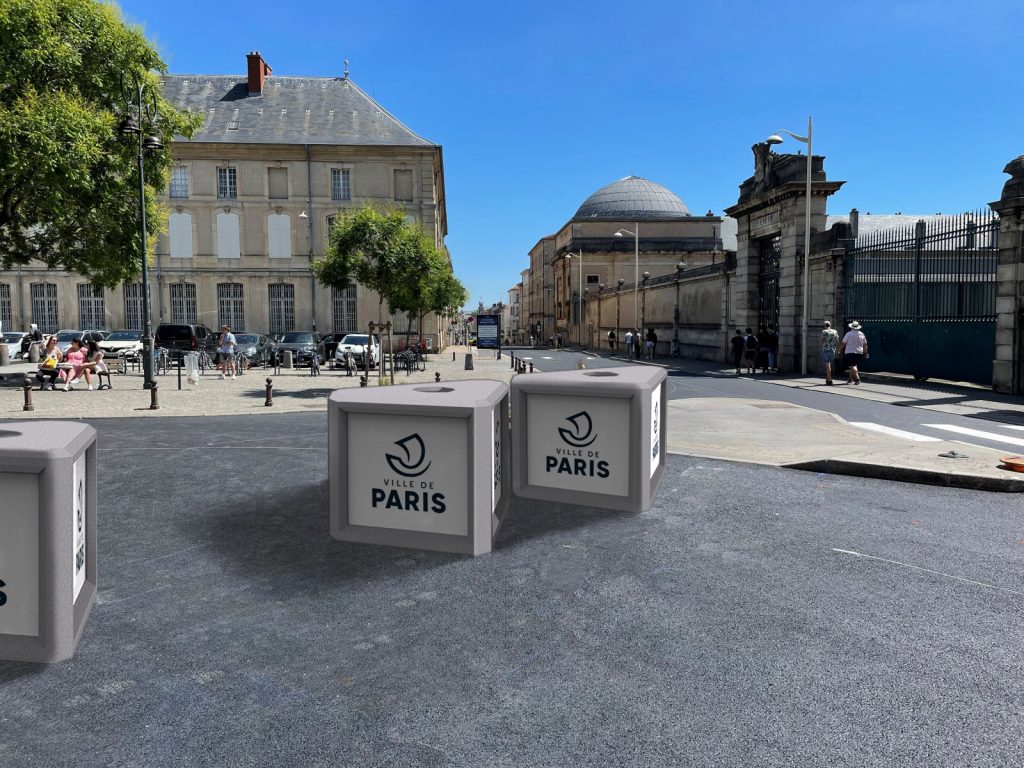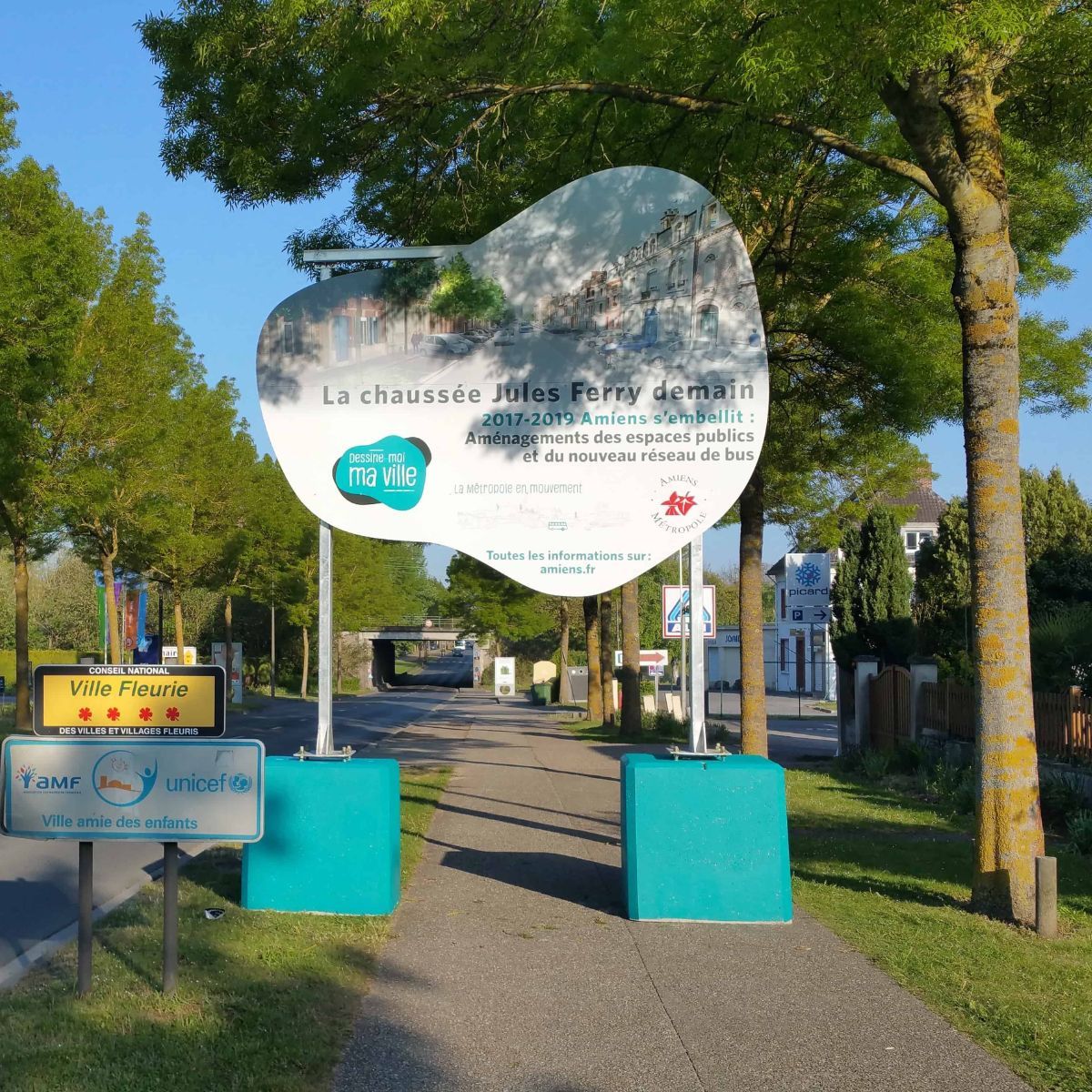Low carbon concrete: an ecological ally
The COP 21 (United Nations Climate Change Conference in Paris) highlighted the need to evolve our approach to urbanization. It advocates for more sustainable urban development, which includes new regulations, particularly in building. Considering the carbon footprint is part of this.
Carbon footprint: A crucial metric
Once a term absent from our vocabulary, “carbon footprint” has now become an essential data point. Regardless of the industry, it is a crucial factor. Assessing a carbon footprint involves measuring the volume of greenhouse gas (GHG) emissions for which one is responsible and, more importantly, implementing actions to reduce it. In 2021, the carbon footprint of the building and construction sector was the third largest source of GHG emissions in France (after road transport and agriculture), totaling 43.8 million tons of CO2 equivalent (source: INSEE, 2022).
Increasingly exemplary construction sites

With wooden formwork for concrete blocks
In response to this observation, building professionals (architects, developers, etc.) have realized they must take action. Construction sites are now subject to stricter environmental standards. Waste management, limiting energy consumption, water resource management… are part of the best practices to be implemented. Another crucial aspect is the choice of materials. Concrete is known for having the greatest environmental impact. It has a high carbon footprint and contributes to the depletion of natural resources such as sand and aggregates. From extraction to final use, including production and transport, the entire lifecycle of concrete contributes to global warming. Among the measures to reduce the carbon footprint of construction sites is low carbon concrete.
Developers seeking environmental transition
By encouraging all construction stakeholders to reduce their carbon emissions by 30 to 40% by 2030, the current environmental regulations (RE2020) in force since January 2022 strongly promote the use of low carbon concrete. With similar properties, performance, and durability, low carbon concrete generates significantly lower greenhouse gas emissions. This reduces from 296 kg CO2 equivalent/m3 to 262 kg CO2 equivalent/m3 (excluding transport to the plant and excluding plant electricity) (source: Calcia Cement), representing an 11.4% gain. Real estate developers thus have every reason to associate their projects with this “greener” material. It’s no coincidence that Paris recently hosted the first low carbon real estate fair!
Blocks as ambassadors of ecological commitment

Aware of the importance of such an environmental issue, Celize has developed a whole range of specific concrete blocks. Urban communication thus also carries an ecological message. This concern extends to signage. The low carbon concrete block Stabilize designed by Celize, for example, offers multiple variations: base for a mast, communication support, passage closure, anti-intrusion, signage, urban furniture… It is customizable with two display surfaces that can be reused as needed. The visual’s visibility is ensured by a size of 800 x 1010 mm. Another option is to combine the concrete block with the nobility of wood. This mix further enhances the quest for eco-responsibility. For distinction, the painted concrete block adds an aesthetic and identity touch.
A step further

Reducing greenhouse gas emissions is a major issue in the building and construction sector. Gradually replacing traditional concrete with low carbon concrete is an important step. Applying this rule to products like the concrete blocks offered by Celize is a mark of credibility. But the approach can go even further, as Celize may repurchase these low carbon reinforced concrete blocks at the end of the work. By doing so, it participates in a virtuous circle that contributes to the final carbon footprint calculation of the construction site. The loop is complete. The support then gets a 2nd, 3rd, 4th… life.
Sustainable development is now an essential focus. At Celize, we have embraced this element for a long time. We can support you on this path and make the eco-responsibility of all your projects visible.
